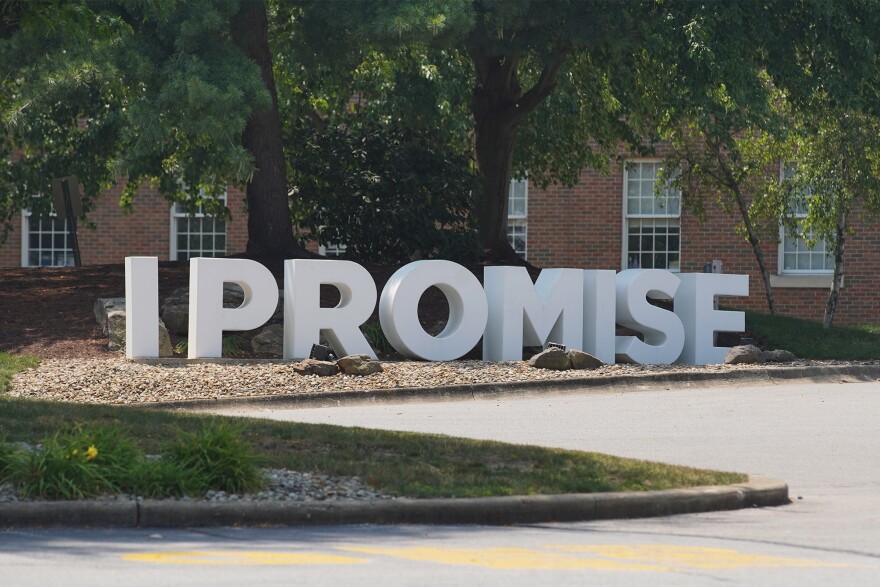The principal at LeBron James’ I Promise School in Akron has outlined methods the district will pursue this school year to improve students' academic performance.
Principal Stephanie Davis spoke Monday at the Akron Board of Education meeting about I Promise’s i Ready assessment scores, which measure student growth over a year’s time, which in some cases, but not all, were better for I Promise students than peers at other Akron Public Schools.
The conversation comes after the public school – which is supported with extra resources from James’ foundation – made national headlines for students’ poor performance on state standardized tests and an accompanied pushback from supporters who argued those tests don’t fairly judge struggling students.
Keith Liechty-Clifford, director of school improvement for Akron Public Schools, noted that students at I Promise are selected via a lottery out of a pool of the lowest performing students in the district, two years behind or more. Twenty-eight percent are students with disabilities, and 11% are homeless.
He said the district looks at i Ready scores to measure if students are meeting a standard level of growth in a single school year, measured at the beginning and end of the year.
“It's a race against yourself,” he explained. “So, ‘here's where I started and here's where I finished.’ And did I finish kind of right in the group of kids that I started with, or did I outperform some, or did I ... fall back and lag behind a little bit?”
In terms of those scores, in grades three, four and six, Liechty-Clifford said students were outperforming similar peers at other Akron schools in English, while students in grades three, four, six and seven were outperforming peers in math.
Board President Derrick Hall said those numbers look promising on the outset, but he said any score below 100% - at I Promise and at many other Akron schools – shows that students aren’t learning at the rate they need to. In eighth grade, for example, only 27% of I Promise school students showed growth in math, and only 42% of peers at other Akron schools showed growth.
“Because realistically, we have to be exceeding 100% to catch the students up,” he said. “I understand the point that has been made multiple times about how schools are more than data (however).
Davis said I Promise is working on implementing new programming to improve students’ achievement, including:
- Six-week “intervention” programs in math, phonics and English that are meant to help catch students up and eliminate achievement gaps. Teachers are receiving professional development on how to use the programs, Davis said.
- Further roll-out of trauma-informed practices and programs. Davis outlined a number of changes, from “calm down corners” and “chill out spaces” in classrooms to help ease student behavioral problems to a third-grade class on social skills. She also discussed new rewards for positive behavior.
- Further professional development for teachers to work on “teacher clarity,” meant to help teachers communicate better with students and to get lessons across better.
Board member Valerie McKitrick questioned the overall approach to lumping low-performing students together in one school, noting some research suggesting students perform better when paired with a wide mix of low, medium and high-performing peers.
Davis responded that she believes interventions put in place will raise all boats at the school.
"They're not high achieving yet, but we're going to put things in place with laser-like focus that they need to get them where they need to be, to fill in the swiss cheese that is their foundational knowledge," Davis said.


